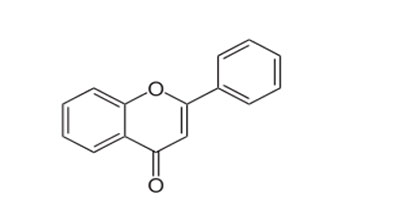KJC Medicinal Garden
Kasthuri Arishina
Curcuma aromatica
Order: Zingiberales
Family: Zingiberaceae
Genus: Curcuma
Species: C. aromatica
Common Names: Wild turmeric
Native to South Asian region, (Eastern Himalaya, South India)
Other plants of the same genus with medicinal properties
-
Curcuma aeruginosa Roxb.
Curcuma caesia Roxb.
Curcuma heyneana Valeton & Zijp
Curcuma longa L.
Curcuma manga Valeton & Zijp
Curcuma rubescens Roxb.
Curcuma zanthorrhiza Roxb.
and Curcuma zedoaria
- It is a herb (monocot)
- Brownish-yellow flowers
- Branched, fleshy, and aromatic rhizomes
- The leaf lamina is widely lanceolate, acuminate, and hairy on the bottom side.
- The fertile bracts are a pale greenish-white colour.
- The funnel-shaped corolla tube is pinkish-white in colour and has uneven lobes.
- The dorsal lobe is oval in shape and arches over the anther.
- The lateral lobes are small and oblong.
- The stem is capped with larger multicolored bracts with pink tips and grows to around 20–30 centimeters (7.9–11.8 in) tall.
- The plants grow to about 40 cm when fully matured.
Uses in Tradition systems of medicine
- The plants grow to about 40 cm when fully matured.
- It is used for treating many gastrointestinal, musculoskeletal, and skin ailments.
- It has antioxidative, anti-inflammatory, anticarcinogenic, antithrombotic, and cardiovascular protective properties.
- it is used as both food flavoring, coloring, and as a cosmetic.
- Curcuma aromatica has carbohydrates, proteins, alkaloids, flavonoids, vitamin C, beta-carotene, polyphenol, fatty acid, and essential oils present abundantly in them.
- Nutritional composition of the rhizomes:
- - Carbohydrates: 97.5
- Protein:19.44⸓
- Lipids: 2.5⸓
- Moisture content: 19
Suggested Medicinal Properties
- Antioxidant activity
- Anticarcinogenic
- Digestive Stimulant
- Antitussive activity
- Antimelanogenic activity
- Anti-nephrotoxic activity
- Anticoagulant activity and Anti-platelet activity
- Antidiabetic
- Antidiabetic
- Erectogenic
- Antifungal
- Antimicrobial
- Cardioprotective
- Wound healing activity
- Gastroprotective activity
- Immunomodulatory activity
Active Phytochemicals
1. Terpenoids
They have anticancer, antibacterial, antifungal, antiviral, antihyperglycemic, analgesic, anti-inflammatory, and antiparasitic activities. It is also used to improve skin penetration and to defend against inflammatory illnesses. They are used in considerable quantities in modern medicine for a variety of treatments.

2. Flavonoids:
Many flavonoids have been proven to have antioxidative, free radical scavenging, coronary heart disease prevention, hepatoprotective, anti-inflammatory, and anticancer properties, while others may have antiviral properties. Flavonoids aid in the fight against oxidative stress and act as growth regulators in plants.

3. Saponins
help in regulating immune functions
4. tannins
5.phenols
6.phytosterols
7.glycosides
8.protein amino acids
9.volatile oils
References
1. Umar, N. M., Parumasivam, T., Aminu, N., & Toh, S. M. (2020). Phytochemical and pharmacological properties of Curcuma aromatica Salisb (wild turmeric). Journal of Applied Pharmaceutical Science, 10(10), 180-194.
2. Kaliyadasa, E., & Samarasinghe, B. A. (2019). A review on golden species of Zingiberaceae family around the world: Genus Curcuma. African Journal of Agricultural Research, 14(9), 519-531.
3. Kanase, V. A. N. I. T. A., & Khan, F. A. R. H. A. (2018). An overview of medicinal value of Curcuma species. Asian J Pharm Clin Res, 11(12), 40-45.